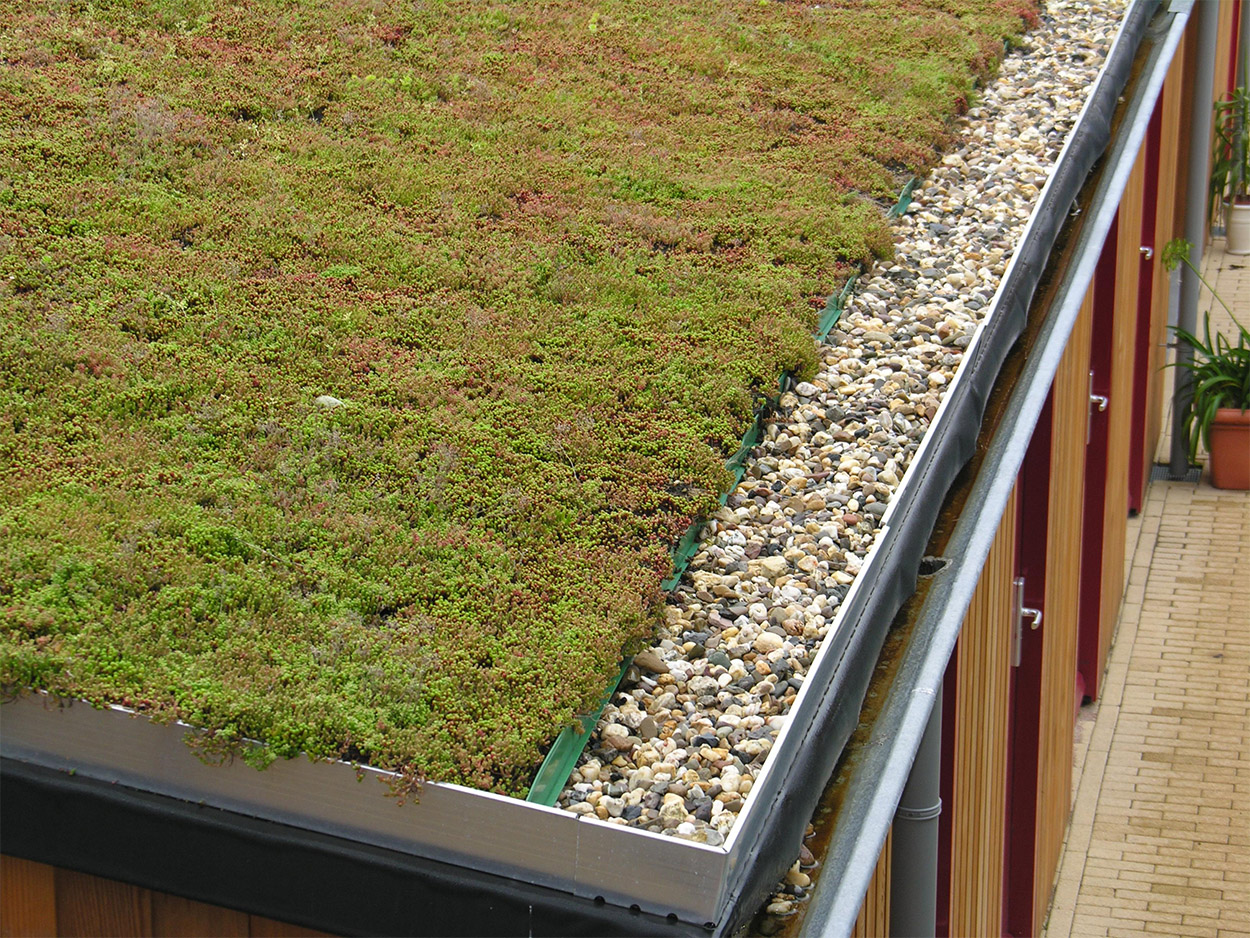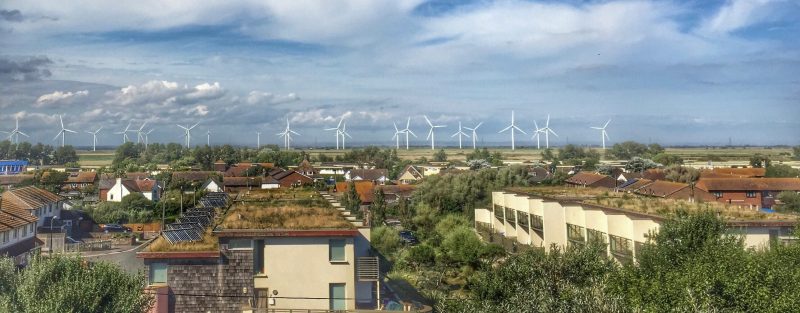
This in turn requires adequate climate change adaptation strategies ( European Environment Agency, 2016). Mitigating both urban flooding and urban heat islands is an important topic, since recent climate change suggests an intensification of short-term rainfall events that lead to urban flooding and longer heat waves. Through the linkage of evapotranspiration to the flux of latent heat, GI also play a key role in mitigating urban heat islands ( Collier, 2016 van Hattum et al., 2016 Cirkel et al., 2018 Heusinger et al., 2018). Moreover, green infrastructure (GI) in general, and green roofs in particular, provide important ecosystem services ( Bolliger and Silbernagel, 2020), which demonstrates their value beyond storm water management. Evapotranspiration is also increased at the expense of runoff ( Iffland et al., 2021), which better matches the characteristics of the natural water cycle. For instance, green roofs reduce runoff and hence urban flooding due to their storage capacity.

Concepts like water sensitive cities, sponge cities, low impact development (LID), and water sensitive urban design aim to mimic features of the natural water cycle, even in highly urbanized districts ( Fletcher et al., 2015). Green roofs as a measure of green infrastructure play a key role in contemporary concepts to mitigate flooding in urban environments ( van Hattum et al., 2016 Cascone, 2019). Thus, this study provides new insights into green roof design with high practical relevance, whilst being reproducible. Both the experimental data and the numerical model are published as open data and open-source software, respectively.

These findings are confirmed through numerical modeling, which proves its value in terms of achieved model skill (Kling-Gupta Efficiency ranging from 0.5 to 0.95 with a median of 0.78). The results demonstrate that through maximizing flow length and minimizing slope, the runoff coefficient (i.e., percentage of rainfall that becomes runoff) for a 100 years design rainfall is significantly decreased: from ~30% to values below 10%. This is set-up for Darcy and Richards flow in the green roof and calibrated utilizing a multi-objective approach, considering both runoff and hydraulic head. This experimental part is complemented by numerical modeling, employing the open-source Catchment Modeling Framework (CMF). The novelty lies especially in the consideration of flow lengths beyond 5 m and non-declined roofs. We consider varying flow length and slope. For the first time, we present a comprehensive investigation of green roofs that involves artificial rainfall experiments under laboratory conditions (42 experiments in total). However, up until now, most green roof studies consider standard types of green roof dimensions, thus neglecting varying flow length in the substrate. This effect has been quantified by numerous studies, ranging from experimental field campaigns to modeling experiments and even combinations of both.

Green roofs are a proven measure to increase evapotranspiration at the expense of runoff, thus complementing contemporary stormwater management efforts to minimize pluvial flooding in cities. 3Institute for Landscape Ecology and Resources Management, Landscape, Water and Biogeochemical Cycles, Justus-Liebig-Universität Gießen, Gießen, Germany.2Institute of Landscape Architecture, Leibniz Universität Hannover, Hannover, Germany.1Institute of Hydrology and Water Resources Management, Leibniz Universität Hannover, Hannover, Germany.Kristian Förster 1 * †, Daniel Westerholt 2 †, Philipp Kraft 3 and Gilbert Lösken 2


 0 kommentar(er)
0 kommentar(er)
